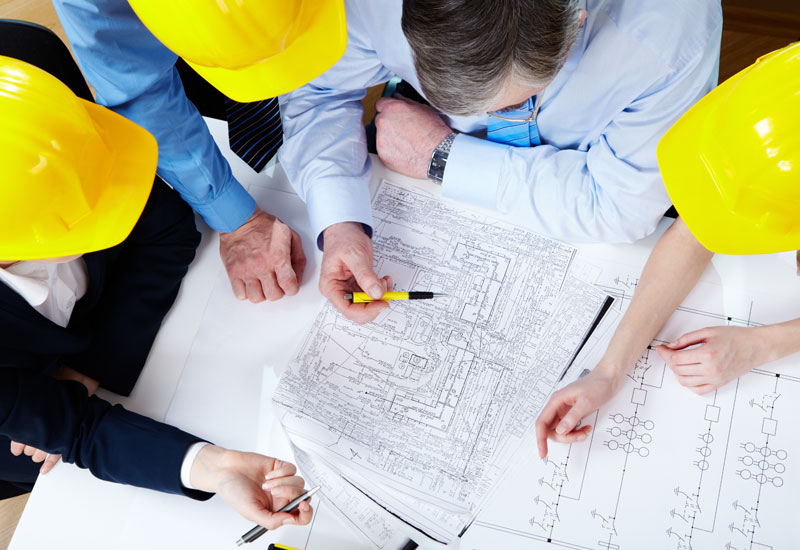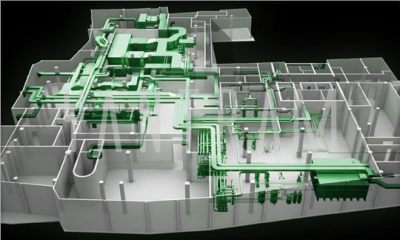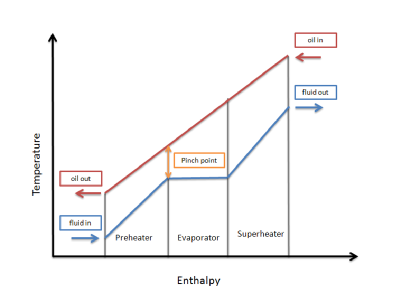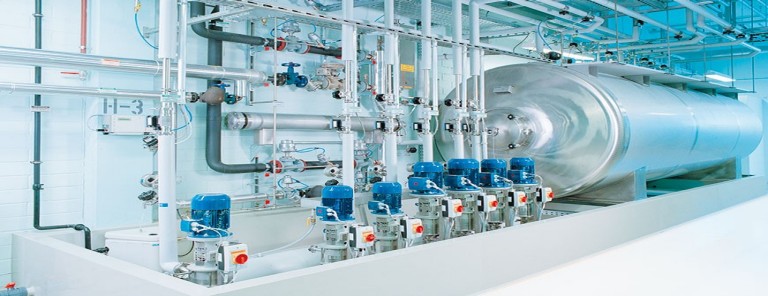System safety
System Safety is the application of engineering and management principles, criteria, and techniques to optimize all aspects of safety within the constraints of operational effectiveness, time, and cost throughout all phases of the system life cycle. It is a planned, disciplined and systematic approach to preventing or reducing accidents throughout the lifecycle of a system
Primary concern is the management of risks through:
- Risk identification, evaluation, elimination & control through analysis, design & management
History of system safety
Design Safety arose in the 1950s after dissatisfaction with the fly-fix-fly approach to safety. Design Safety was first adopted by the US Air Force. It led to the development of mil-std-882 Standard Practice for System Safety (v1 1960s). The basic concept of System was rather than assigning a safety engineer to demonstrate that a design is safe, safety considerations were to be integrated from the design phase of the project.
Founding principles
Safety should be designed in
- Critical reviews of the system design identify hazards that can be controlled by modifying the design
- Modifications are most readily accepted during the early stages of design, development, and test
- Previous design deficiencies can be corrected to prevent their recurrence
Inherent safety requires both engineering and management techniques to control the hazards of a system
- A safety program must be planned and implemented such that safety analyses are integrated with other factors that impact management decisions
Safety requirements must be consistent with other program or design requirements
- The evolution of a system design is a series of tradeoffs among competing disciplines to optimize relative contributions
- Safety competes with other disciplines; it does not override them
The main principles of Safe design are:
- Inherent safety
- Safety factors
- Multiple independent safety barriers
Inherently safe design
Inherent: belonging to the very nature of the person/thing (inseparable). It is recommended that Inherent safe design should be the first step in safety engineering. Change the process to eliminate hazards, rather than accepting the hazards and developing add-on features to control them, unlike engineered features, inherent safety cannot be compromised.
Minimize inherent dangers as far as possible by considering the following:
- Potential hazards are excluded rather than just enclosed or managed
- Replace dangerous substances or reactions by less dangerous ones (instead of encapsulating the process)
- Use fireproof materials instead of flammable ones (better than using flammable materials but keeping temperatures low)
- Perform reactions at low temperatures & pressures instead of building resistant vessels
Safety Factors
Factors of safety (FoS), also known as safety factor (SF), is a term describing the load carrying capacity of a system beyond the expected or actual loads. Essentially, the factor of safety is how much stronger the system is than it usually needs to be for an intended load. Safety factors are often calculated using detailed analysis because comprehensive testing is impractical on many projects, such as bridges and buildings, but the structure’s ability to carry load must be determined to a reasonable accuracy.
When the material used is under strength, factor of safety covers uncertainties in material strength. It covers poor workmanship. It also covers unexpected behavior of the structure and natural disasters. Stresses are produced which may be very high. Factor of safety may take care of these loads during construction. Presence of residual stresses and stress concentrations beyond the level theoretically expected.
Multiple Independent Safety Barriers
Safety barriers are arranged in chains. The aim is to make each barrier independent of its predecessors so that if the first fails, then the second is still intact, etc. Typically, the first barriers are measures to prevent an accident, after which follow barriers that limit the consequences of an accident, and, finally, rescue services as the last resort.
The basic idea behind multiple barriers is that even if the first barrier is well constructed, it may fail, due to unforeseen reason, and that the second barrier should then provide protection. The major problem in the construction of safety barriers is how to make them as independent of each other as possible. If two or more barriers are sensitive to the same type of impact, then one and the same destructive force can get rid of all of them in one swoop.
These three principles of engineering safety – inherent safety, safety factors, and multiple barriers are quite different in nature, but they have one important trait in common. They all aim at protecting us not only against risks that can be assigned meaningful probability estimates, but also against dangers that cannot be probabilized, such as the possibility that some unforeseen even triggers a hazard that is seemingly under control. It remains, however, to investigate more in detail the principles underlying safety engineering and, not least, to clarify how they relate to other principles of engineering design.













Recent Comments